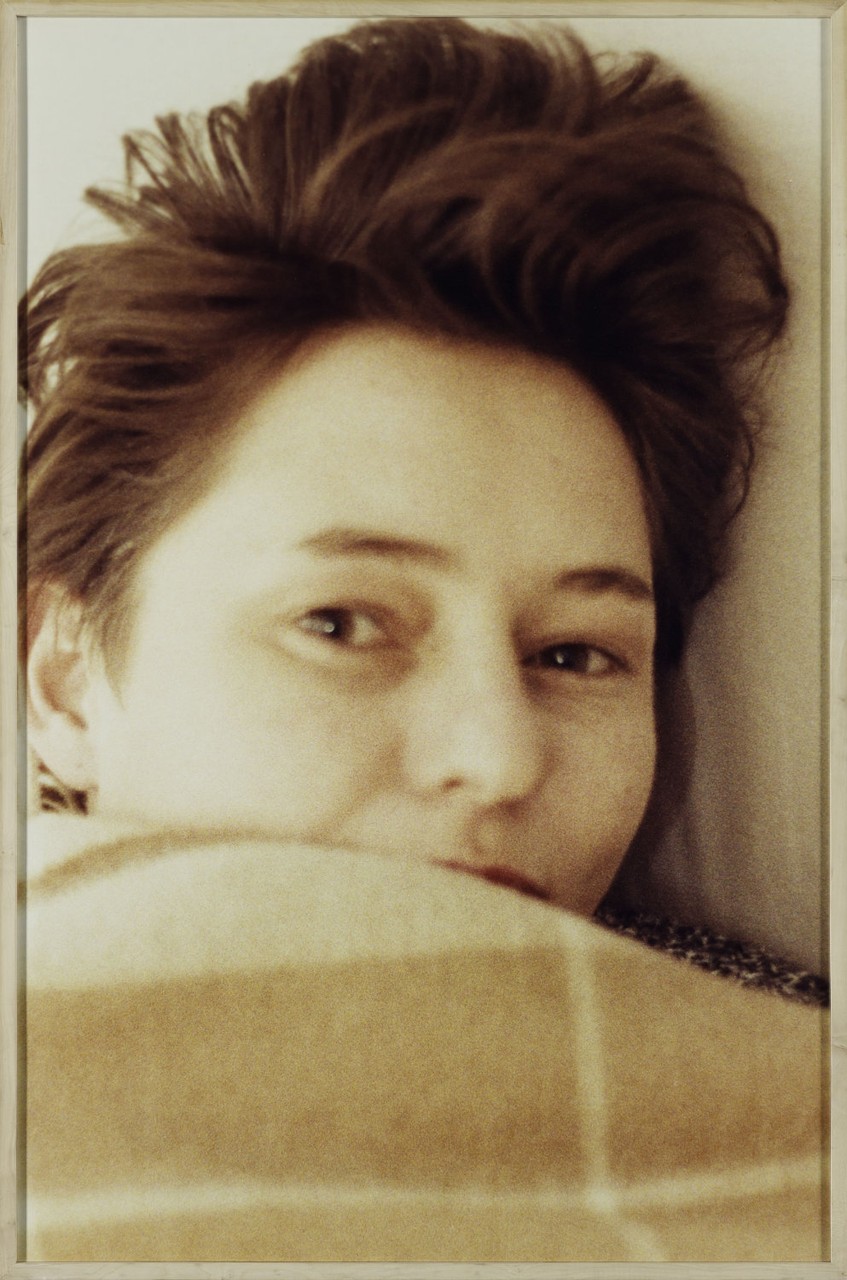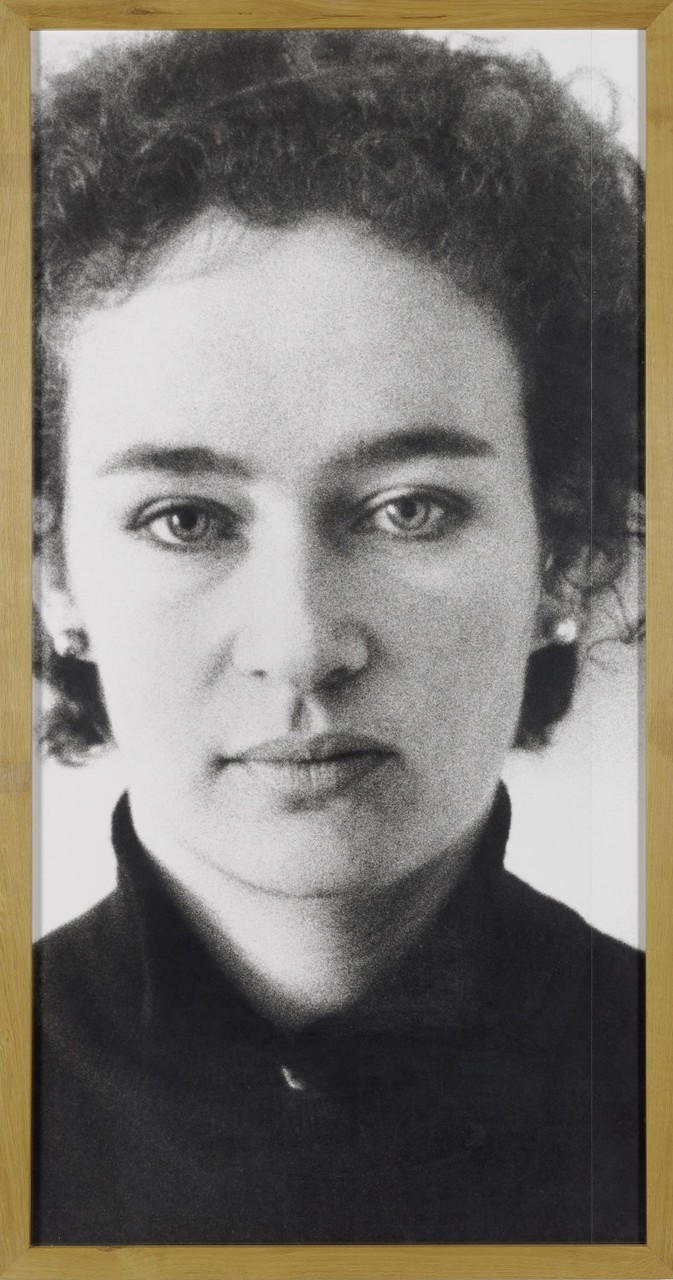Günther Förg
A Fragile Beauty
26 May - 14 Oct 2018
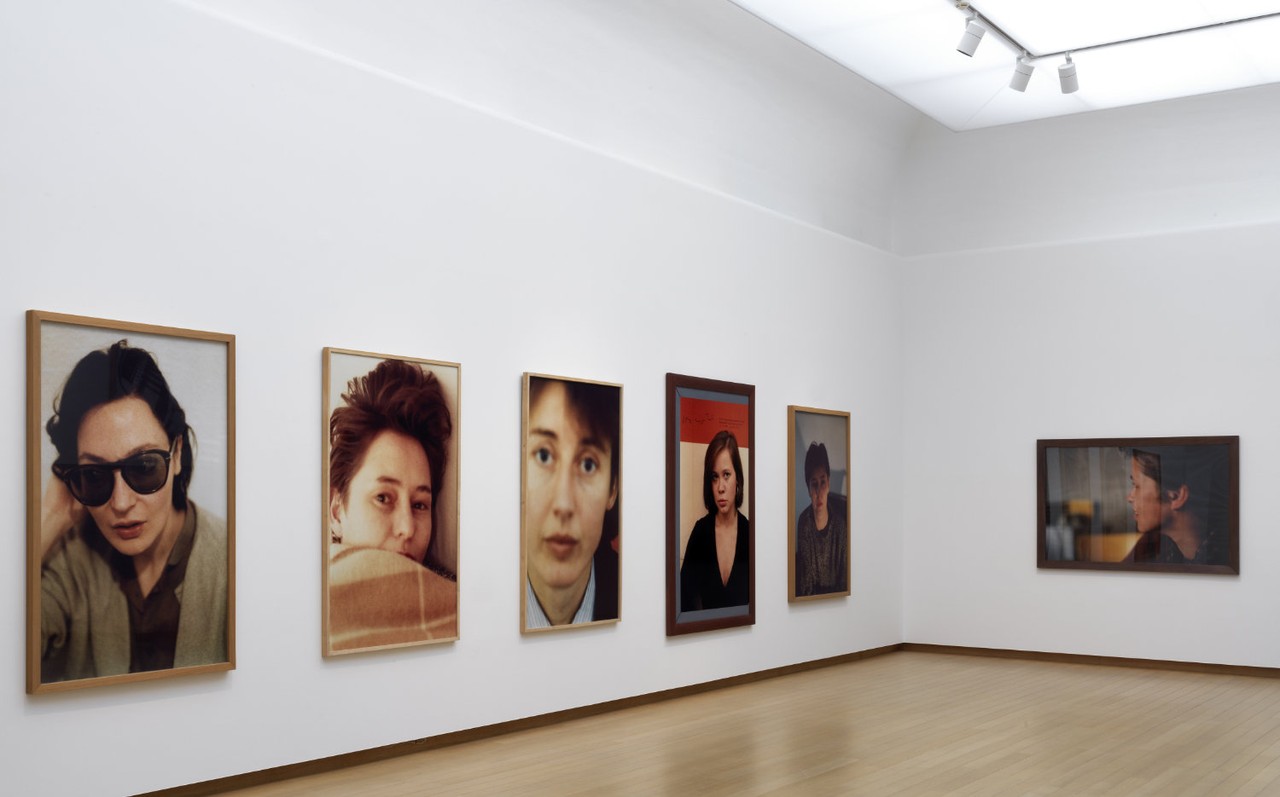
Günther Förg: A Fragile Beauty. Installation view at Stedelijk Museum Amsterdam, 2018. Photo: Gert Jan van Rooij
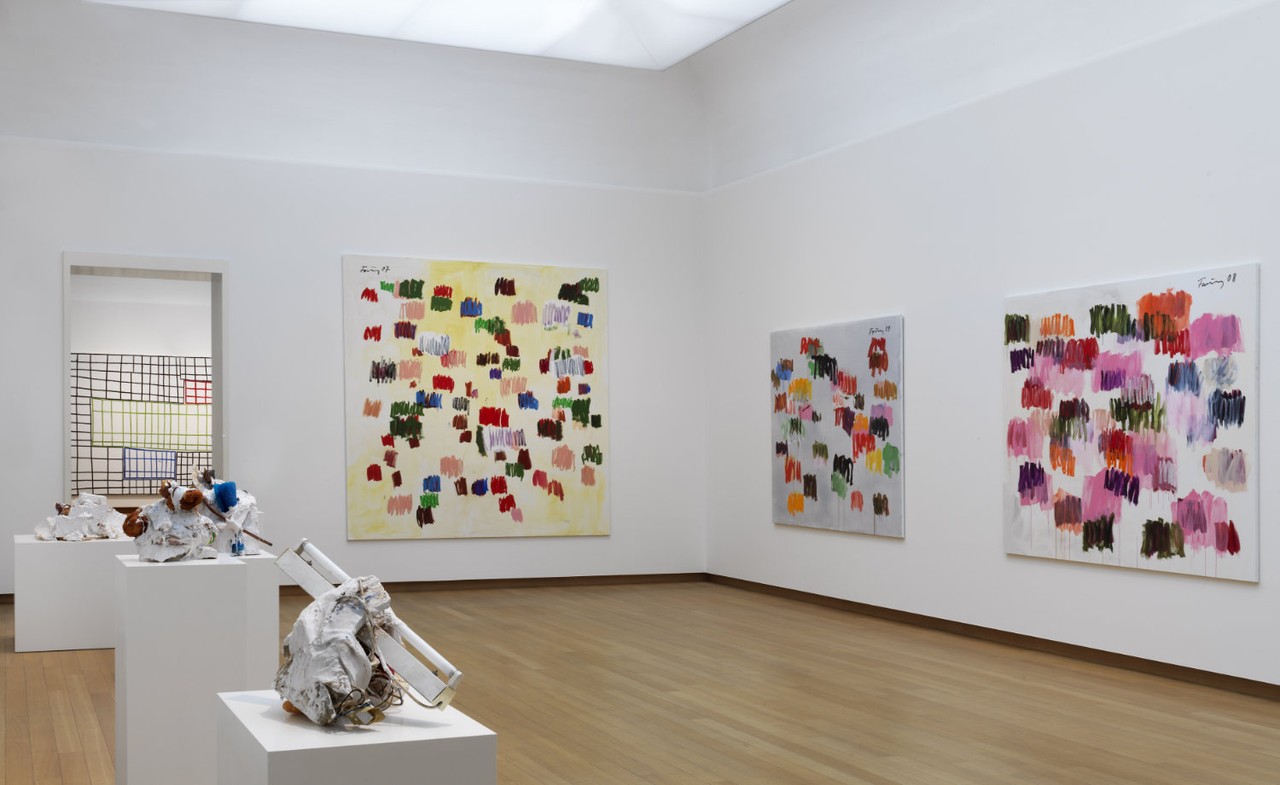
Günther Förg: A Fragile Beauty. Installation view at Stedelijk Museum Amsterdam, 2018. Photo: Gert Jan van Rooij

Günther Förg: A Fragile Beauty. Installation view at Stedelijk Museum Amsterdam, 2018. Photo: Gert Jan van Rooij

Günther Förg: A Fragile Beauty. Installation view at Stedelijk Museum Amsterdam, 2018. Photo: Gert Jan van Rooij

Günther Förg: A Fragile Beauty. Installation view at Stedelijk Museum Amsterdam, 2018. Photo: Gert Jan van Rooij
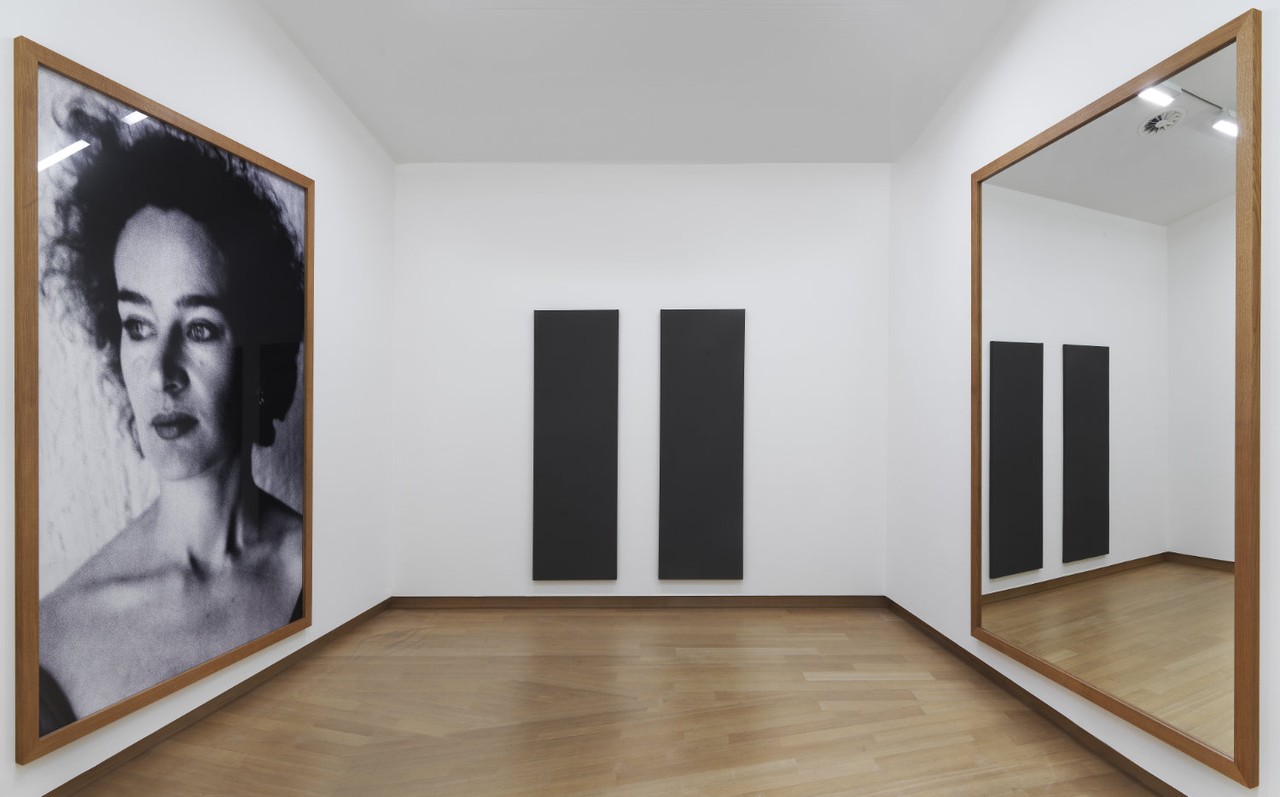
Günther Förg: A Fragile Beauty. Installation view at Stedelijk Museum Amsterdam, 2018. Photo: Gert Jan van Rooij
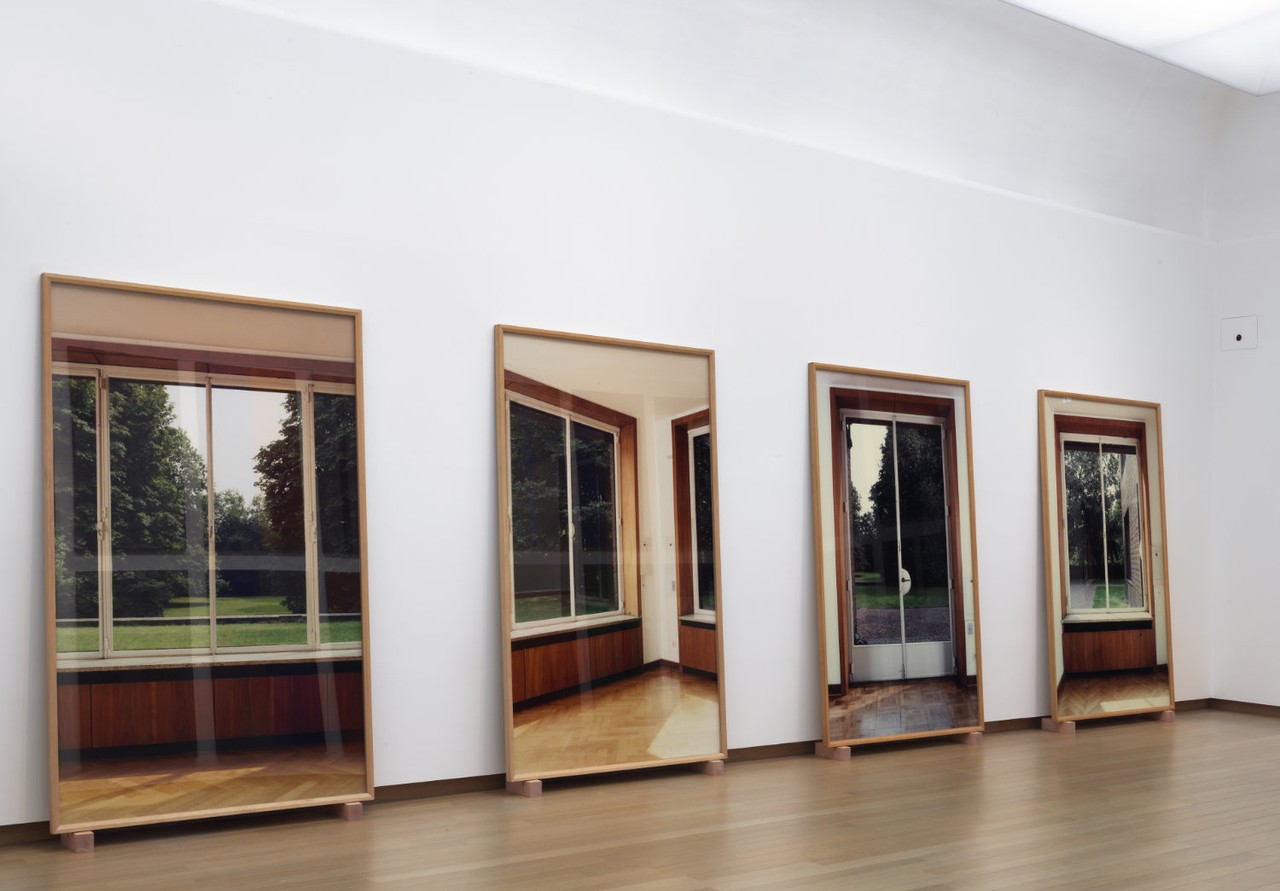
Günther Förg: A Fragile Beauty. Installation view at Stedelijk Museum Amsterdam, 2018. Photo: Gert Jan van Rooij
The Stedelijk Museum Amsterdam presents a major survey of the work of German artist Günther Förg (1952–2013). A Fragile Beauty explores the work of a rebellious artist whose oeuvre embodies a critical, witty, yet rigorous and penetrating critique of the canon of modern art.
Förg was driven by a boundless urge for freedom, and a predilection for experiment, drawing inspiration from great artists of the past, as well as his contemporaries. Merging disciplines and boundaries, he worked in a variety of materials, ranging from bronze and lead, to plaster and reflective glass. In exhibiting his work, Förg assimilated the architecture of the gallery space – even doors and windows – into the work itself.
A Fragile Beauty includes work from Förg’s entire oeuvre and illuminates the evolution of his experimental and radical approach. Taking its cue from the artist, for whom the space was integral to the work, each room is individual in nature. Among the works on display are Förg’s early monochrome paintings, together with his color studies, (architectural) photographs, sculptures, and late spot paintings.
Förg’s work was continually reinterpreted: initially considered a postmodernist, he was later seen as engaging with the legacy of expressionism. Förg was, without doubt, an artist who challenged the parameters of disciplines. A Fragile Beauty transcends convenient categorization and shows the full scope and complexity of the oeuvre of an idiosyncratic and unique artist.
Günther Förg: A Fragile Beauty is organized in collaboration with the Dallas Museum of Art andis generously supported in part by the Estate Günther Förg Suisse, International Collector Circle and Curator Circle of the Stedelijk Museum Fund, Fundación Almine y Bernard Ruiz-Picasso para el Arte and Goethe-Institut Niederlande.
Förg was driven by a boundless urge for freedom, and a predilection for experiment, drawing inspiration from great artists of the past, as well as his contemporaries. Merging disciplines and boundaries, he worked in a variety of materials, ranging from bronze and lead, to plaster and reflective glass. In exhibiting his work, Förg assimilated the architecture of the gallery space – even doors and windows – into the work itself.
A Fragile Beauty includes work from Förg’s entire oeuvre and illuminates the evolution of his experimental and radical approach. Taking its cue from the artist, for whom the space was integral to the work, each room is individual in nature. Among the works on display are Förg’s early monochrome paintings, together with his color studies, (architectural) photographs, sculptures, and late spot paintings.
Förg’s work was continually reinterpreted: initially considered a postmodernist, he was later seen as engaging with the legacy of expressionism. Förg was, without doubt, an artist who challenged the parameters of disciplines. A Fragile Beauty transcends convenient categorization and shows the full scope and complexity of the oeuvre of an idiosyncratic and unique artist.
Günther Förg: A Fragile Beauty is organized in collaboration with the Dallas Museum of Art andis generously supported in part by the Estate Günther Förg Suisse, International Collector Circle and Curator Circle of the Stedelijk Museum Fund, Fundación Almine y Bernard Ruiz-Picasso para el Arte and Goethe-Institut Niederlande.

